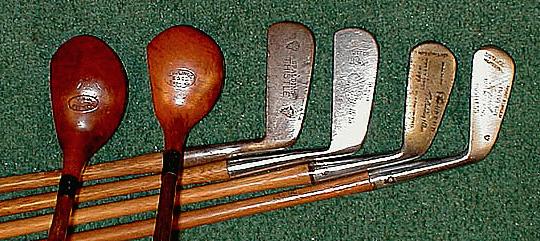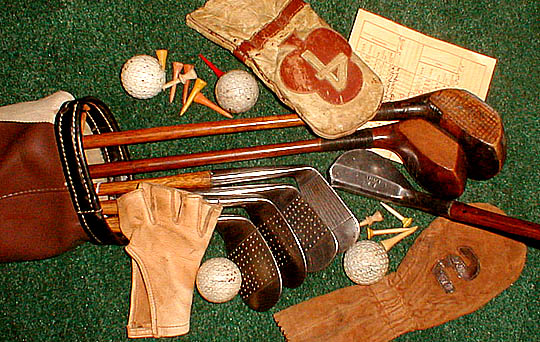I know this thread is going to elicit a lot of response but I'm willing to take the risk. So feel free to flame me but keep in mind it's just my opinion.
Why is everyone so hung up on all these gimmick shafts? I mean Predator this and OB that. And forget about the Meucci red/black dot shafts. What a joke that is. Come one guys, you need to recognise a sales gimmick when you see one. If there was really something to it you would see the top cue makers in the world using them. Maybe I'm way off base here but I have yet to see a Southwest, Schick, Bender, etc. come with a radially laminated shaft.
I'm sorry if I offended any of you with my comments but I'd like to hear what others think.
Why is everyone so hung up on all these gimmick shafts? I mean Predator this and OB that. And forget about the Meucci red/black dot shafts. What a joke that is. Come one guys, you need to recognise a sales gimmick when you see one. If there was really something to it you would see the top cue makers in the world using them. Maybe I'm way off base here but I have yet to see a Southwest, Schick, Bender, etc. come with a radially laminated shaft.
I'm sorry if I offended any of you with my comments but I'd like to hear what others think.


